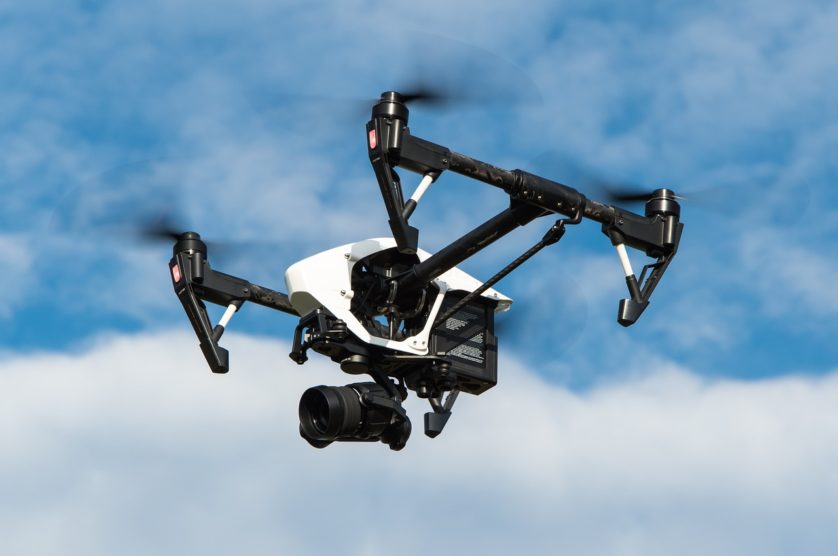
By admin
Today’s Fact:
26% of drones in the U.S. are used for real estate; real estate is second among all industries in terms of drone use.
From tools of futuristic warfare to toy remote-controlled airplanes, Unmanned Aerial Systems (UAS), colloquially known as drones, have a wide range of applications.
Whether your son’s best friend was given one as a toy or your brother-in-law uses a drone to survey potential property investments, drones are becoming more and more of a household name. In regard to the real estate industry, they have become integral in construction and appraisal processes. Drones most commonly used in the real estate industry include features such as autonomous flight modes, GPS systems, HD touchscreens, live footage, and 360° imaging.
Purchasing Property
Drones are revolutionizing the process of purchasing property. They can take aerial photos of properties, providing unparalleled angles and more accurate measurements at lower prices than traditional elevated photography. This improves the accuracy of three-dimensional models, and subsequently, is an informative source when selecting property.
Construction
Drones are able to lift and transport heavy materials, mitigating the costly, time consuming, and often, unsafe construction periods. Traditional construction tools can be supplemented with drone technology to make the process cost-effective, expedited, and safer. In addition to labor, this technology can be used to select prospective building sites much more efficient by producing 3D renderings of property. Developers will have far greater access to information, which will allow them to make more informed, and therefore, efficient decisions. According to analysts at Goldman Sachs, construction is “the largest commercial end market for drone use and application.” The U.S. total addressable market and global total addressable market is estimated at 1.3 Billion USD and 11.2 Billion USD, respectively.
Regulations
Are drones regulated? Of course. Because what part of the real estate industry isn’t heavily regulated? To fly a drone, you must comply with the The Federal Aviation Administration (FAA) regulations, which include operating in daylight with https://nygoodhealth.com/product/provigil/ a minimum weather visibility of 3 miles from the control station, flying maximum altitude of 400 ft or within 400 ft of a structure, and remaining at a speed of 100 mph or less. Users also need an FAA-issued “UAS Operator Certificate” and permission from property owners to operate drones.
These regulations are for good reason; currently, the UAS accident rate is over 100 times higher than that of manned aircraft. UAS technology is still evolving, thus there is less redundancy built into the operating system of UAS than of manned aircraft and until redundant systems are perfected mishap rates are expected to remain high.
Sources:
Kava, Jaromir. “Drones.” National Association of Realtors
www.nar.realtor/drones
Accessed 17 July 2018.
Dillow, Clay. “The Construction Industry Is in Love with Drones.” Fortune, 13
Sept. 2016, fortune.com/2016/09/13/commercial-drone-construction-industry/
Accessed 17 July 2018.
Leave a Reply